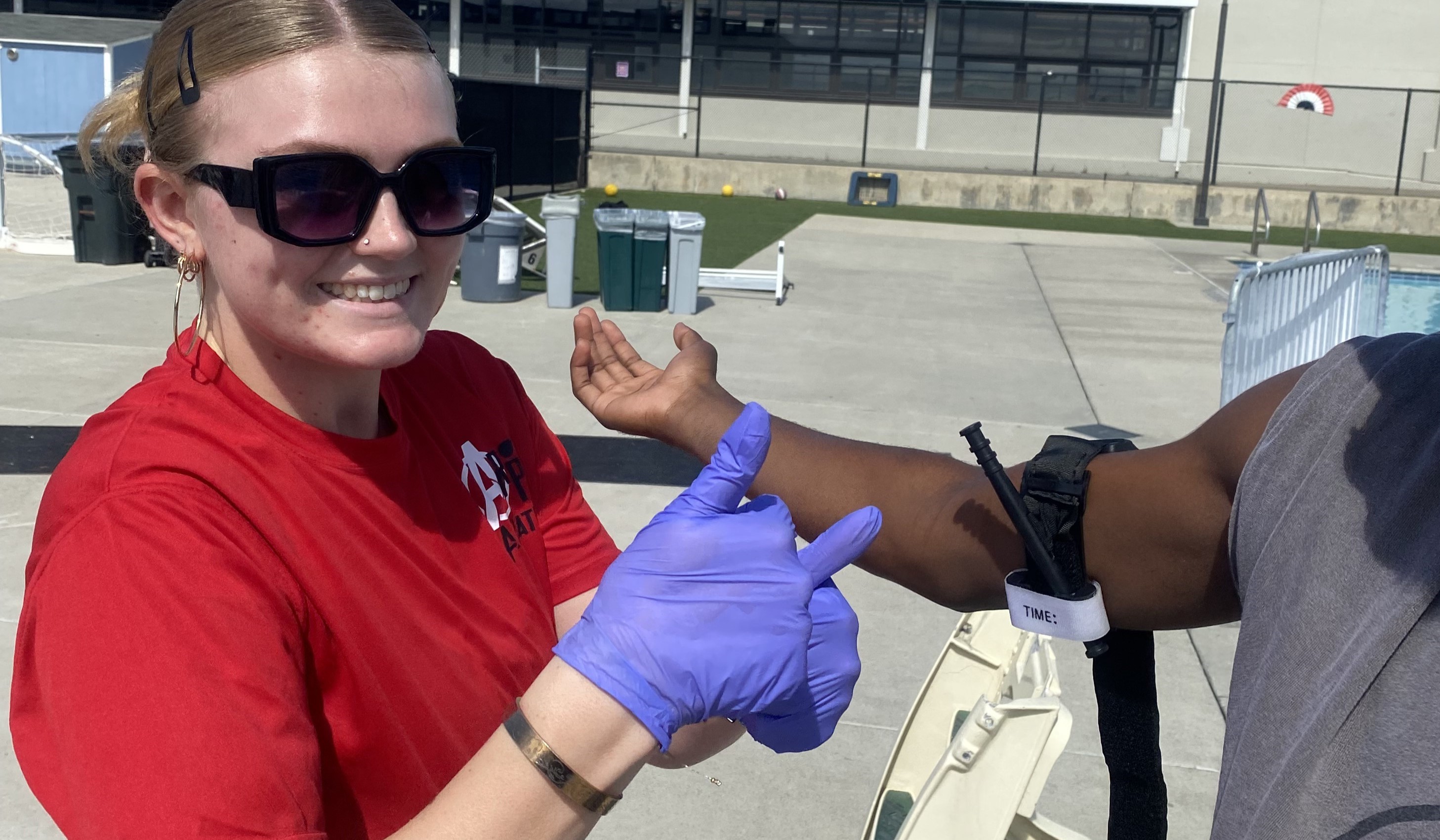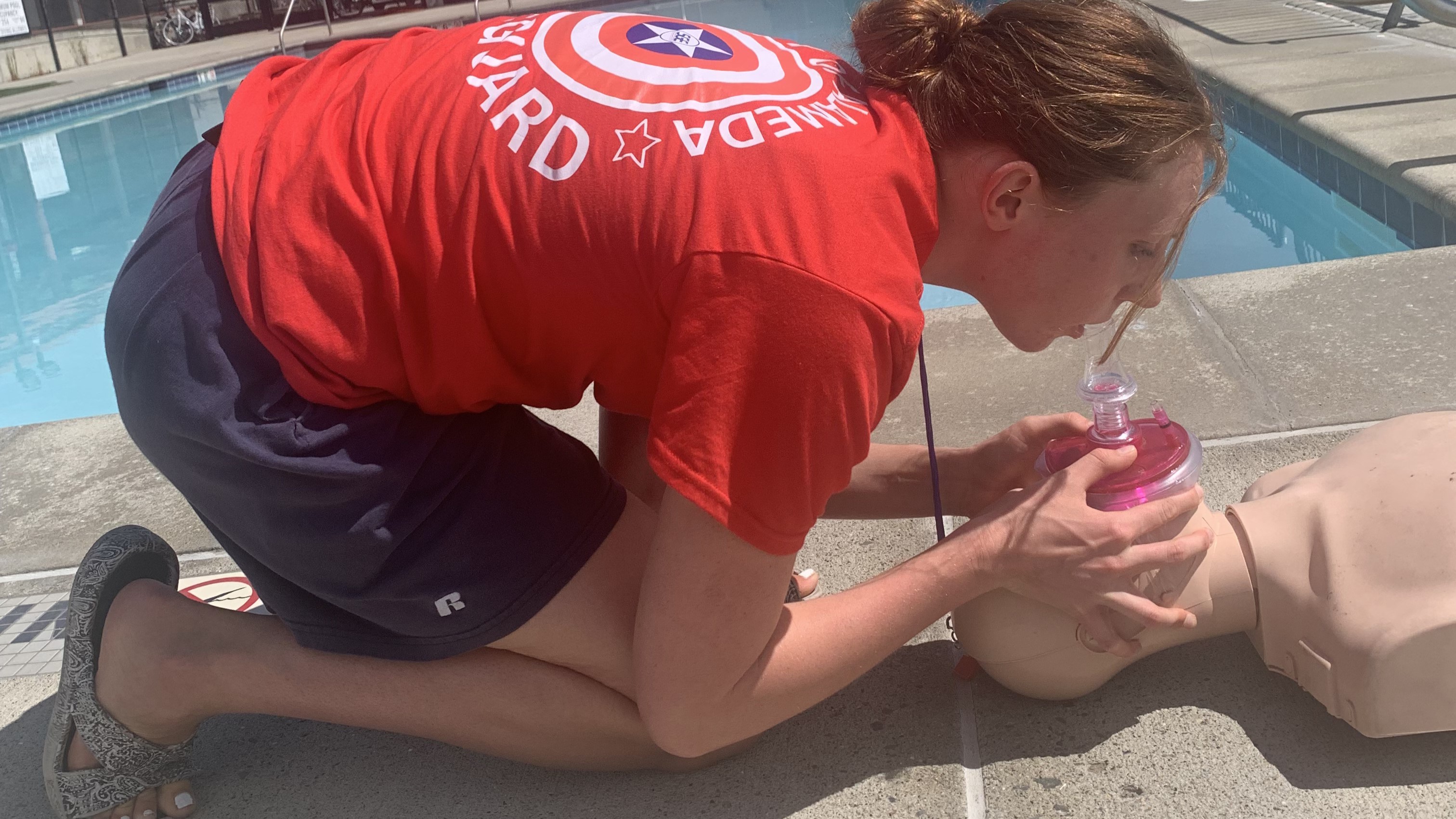More than half of all black and Hispanic children are “at-risk” swimmers, according to a recent study by the University of Memphis, which confirms statistical data first reported several years ago in Aquatics International.
| At-Risk Swimmers | |||||||||||||||
| |||||||||||||||
| This chart shows the percentage of black and Hispanic/Latino swimmers who are considered at risk vs. the percentage of white swimmers. | |||||||||||||||
| SOURCE: USA SWIMMING STUDY, “Constraints Impacting Minority Swimming Participation” |
Commissioned by USA Swimming as part of its national Make a Splash program’s anti-drowning initiative, the research has produced some of the first objective data on the effect of ethnicity on drowning risk.
Findings indicate that 31 percent of white respondents are low ability at-risk swimmers, compared with 58 percent of African-American respondents and 56 percent of Hispanic/Latino respondents.
These findings are consistent with a 2005 Aquatics International investigation, which revealed that minority children are statistically three times more likely to drown than whites.
The project included nearly 1,800 youngsters, divided by age into children (ages 6-11) and adolescent (ages 12-16) groups. Data was collected last year at six metropolitan area YMCAs via surveys and site visits. Two- thirds of respondents identified as Hispanic or black, and the majority came from low-income families; more than half reported being on a free or reduced cost school lunch program.
John Cruzat, USA Swimming diversity specialist, said his group commissioned the study for several reasons. “We wanted independent and scientific research — as opposed to anecdotal observations — that would help us reinforce and/or refute information we already have, and possibly offer new information [we] could use.”
Cruzat added that other goals for the study were to generate increased publicity for the importance of water safety, especially in cases of those most at risk, and provide data that could help in fund-raising and further developing partnerships with other organizations, including YMCA USA and the American Red Cross.
Among the study’s findings, variables most likely to influence African-American and Hispanic/Latino respondents involvement in swimming are:
- Fear of drowning (on the part of children and their parents)
- Family environment, including parents’ swimming ability, parents’ or guardians’ education level, and family exercise habits
- Child’s gender, due to the fact that African-American boys report higher swimming ability than African American girls.
Family income also was found to be a factor. With all else being equal, children whose family income qualifies them for a free/reduced lunch were twice as likely to be at-risk swimmers. Of parents of at-risk swimmers, 67 percent reported annual household incomes of less than $49,000. Kids with a parent/guardian who fears that the child will drown are 1.5 times more likely to be at risk.
Researcher Carol Irwin, assistant professor at the University of Memphis Department of Health & Sport Sciences, said she and her colleagues are currently preparing the findings for publication consideration in several peer-reviewed journals. The team also is planning proposals for follow-up projects.
Irwin expects the future work to look more closely at some of the patterns that emerged in the initial study.




